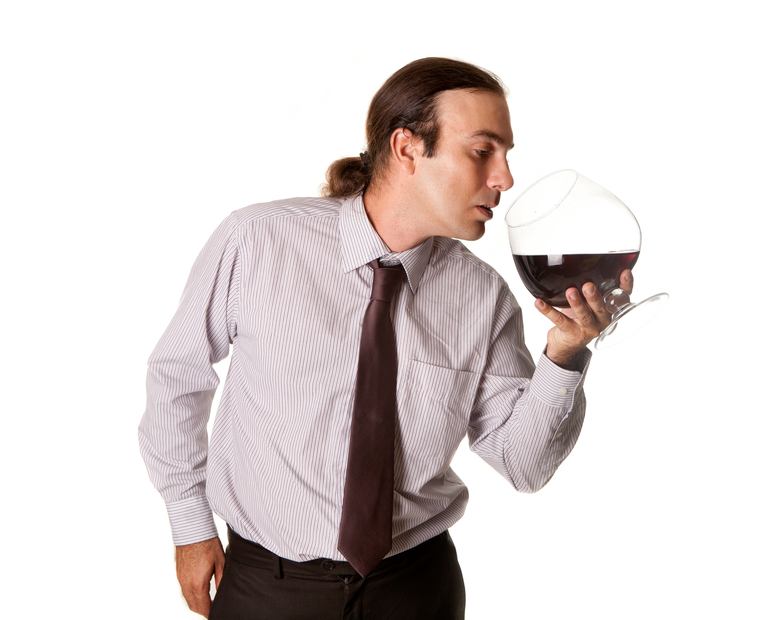
In this case, size does matter.
A new study published in BMC Public Health looked at the relation between the size of a wine glass and its impact on wine sales. Drinking was kept on site and portion sizes were constant.
Study Specs
The study, headed by scientists at the University of Cambridge and University of Bristol , took place from March to July 2015 at an independent bar-restaurant in Cambridge, England. Wine was available for purchase by glass (125 ml or 175 ml), bottle (750 ml), or carafe (500 ml or 1000 ml).
- Wine at this establishment is typically served in standard 300 ml wine glasses.
- Customers typically buy glasses of wine compared to bottles or carafes (glasses of wine accounted for nearly 80% of wine transactions during the study period).
- Approximately 90% of wine sold by the glass is in 175 ml portions (at approximately $7.50 a pop).
- The restaurant sells approximately 126 liters of wine per week (121 liters was sold during the study period).
Researchers suggest that the larger glass sizes had an effect on overall wine sales (compared to standard glasses).
During the 16-week study period, the restaurant alternated between the 300ml wine glass (their standard size), 370ml wine glasses (larger size) and 250ml glasses (smaller size). Wine glasses were switched up every two weeks, alternating between the three sizes.
At the study’s end, researchers discovered that the volume of wine bought was approximately 10% higher when sold in the larger 370 ml glasses compared to the smaller glasses. Researchers suggest that the larger glass sizes had an effect on overall wine sales (compared to standard glasses).
The effect for larger glass sizes was more significant in the bar area than in the restaurant area. The bar area saw an increase in sales of about 14% compared to an eight percent increase in sales in the restaurant area.
Keep in mind that the price or volume of wine hadn’t been changed—only the size of the wine glass!
Study Limitations
- Further studies could be done (for example in less affluent areas) and could include more observations.
- More investigation needs to be done to understand the situations where the strongest effects are likely to occur (including whether these results would extend to drinking at home).
For these reasons researchers acknowledge the possible mechanisms for these effects need to be evaluated in addition to duplication of the current study in other bar-restaurants.
Researchers conclude that study results suggest that reducing the use of larger wine glasses might lower alcohol consumption. If this is an effective target for intervention, researchers could further look at how to implement it (i.e. perhaps making sure glasses were below a certain size for alcohol licensing requirements).
Source for Today’s Article:
Pechey, R., et al., “Does wine glass size influence sales for on-site consumption? A multiple treatment reversal design,” BMC Public Health, published June 7, 2016; doi: 10.1186/s12889-016-3068-z.















